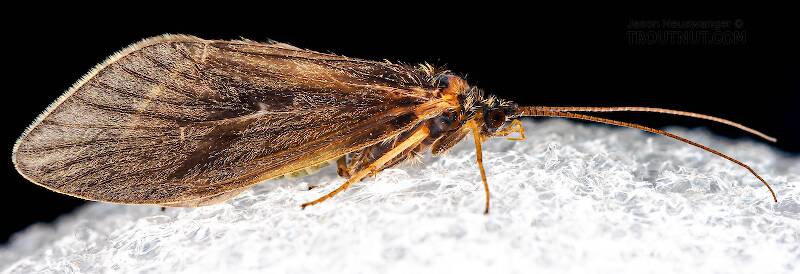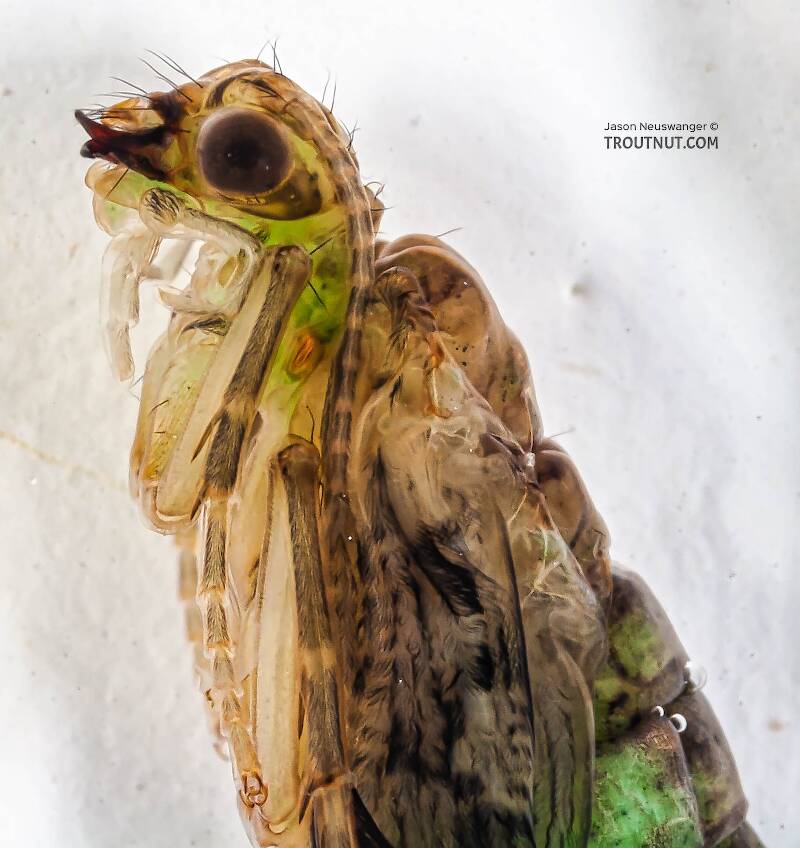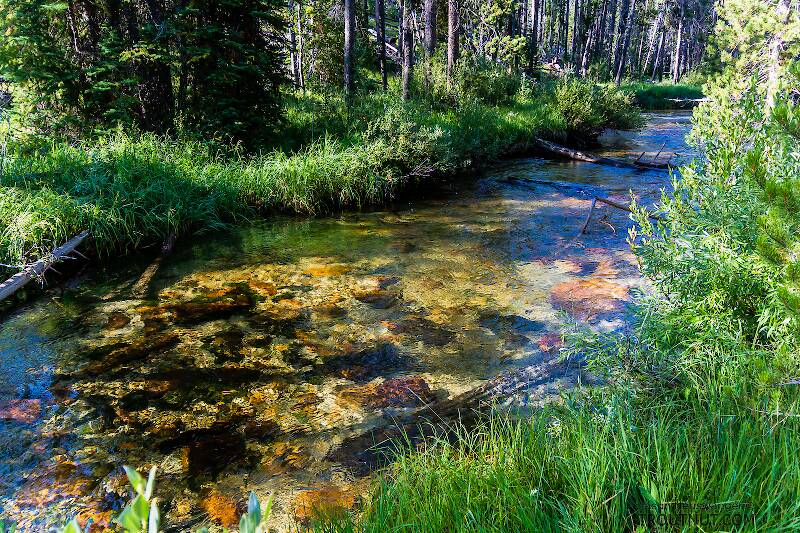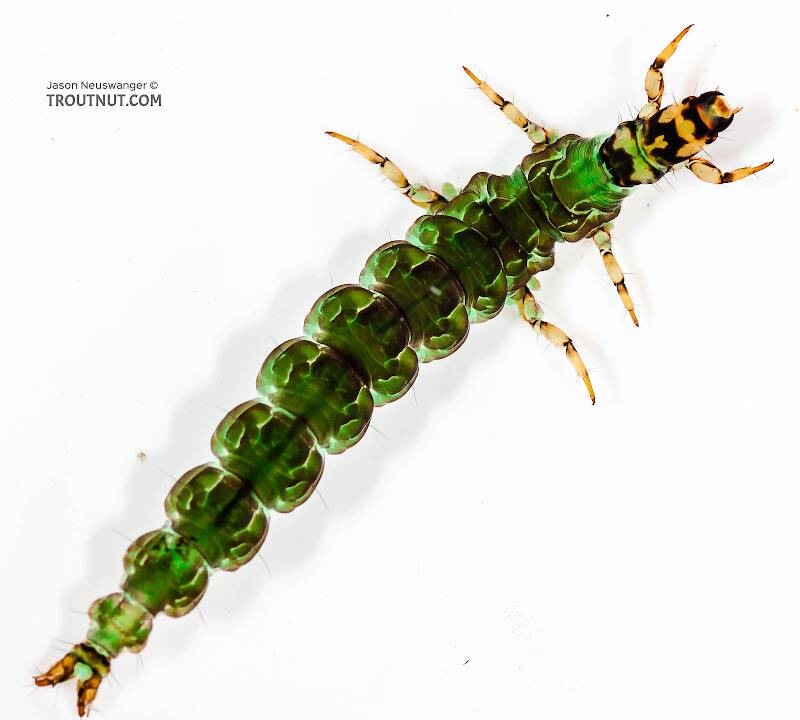
Hex Mayflies
Hexagenia limbata
The famous nocturnal Hex hatch of the Midwest (and a few other lucky locations) stirs to the surface mythically large brown trout that only touch streamers for the rest of the year.


Caddisflies
Some anglers consider caddisflies to be even more important than mayflies, and on many rivers they're right. Angler-entomologists focus less energy on them because they are slightly less prone to cause a feeding frenzy among the trout. While that does happen, they are more commonly an intermittent food source during the times when it seems like nothing's hatching. Understanding their life cycle is of paramount importance to any fly fisher, but learning their quirks species-by-species is less useful than with mayflies.
Like most common names,"Caddisfly" can refer to more than one taxon. They're previewed below, along with 3 specimens. For more detail click through to the scientific names.
Insect Order Trichoptera
Caddis species actually provide as much incentive to learn their specifics as the mayflies do. There is just as much variety in their emergence and egg-laying behaviors, and as many patterns and techniques are needed to match them. Anglers are hampered only by the relative lack of information about caddisfly behavior and identification.




